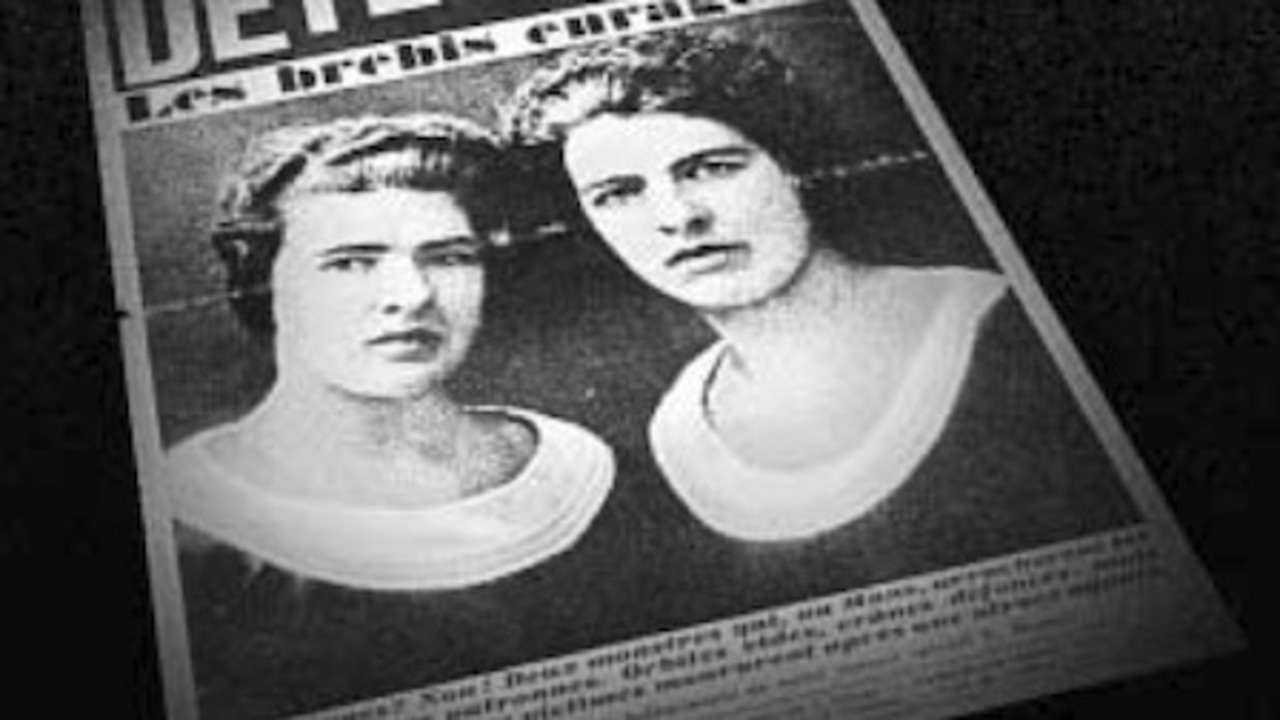
Ever heard of the Papin Sisters? These two French maids, Christine and Léa, shocked the world with their gruesome crime in 1933. Their story isn't just about a brutal act; it's a deep dive into the human psyche, class struggle, and the dark corners of sibling bonds. Born into a troubled family, the sisters found solace in each other, but their relationship took a sinister turn. What drove them to commit such a heinous act? How did their upbringing and working conditions contribute to their mental state? Unraveling the mystery of the Papin Sisters offers a chilling glimpse into a case that still fascinates criminologists, psychologists, and historians today.
Key Takeaways:
- The Papin sisters, Christine and Léa, were French maids who committed a shocking crime in 1933, sparking debates about mental health and worker exploitation.
- Their tragic story continues to inspire art and literature, shedding light on the impact of social isolation and mental illness on individuals' lives.
Who Were the Papin Sisters?
The Papin sisters, Christine and Léa, were two French siblings who gained notoriety in the early 20th century. Their story is both fascinating and tragic, capturing the attention of many due to its shocking nature.
- Christine and Léa Papin were born in Le Mans, France, in 1905 and 1911, respectively.
- They worked as live-in maids for the Lancelin family, a well-to-do household in Le Mans.
- The sisters were known for their quiet demeanor and diligent work ethic.
- Despite their hard work, they were often isolated and had little contact with the outside world.
- Christine was the dominant sister, often taking the lead in their actions and decisions.
The Infamous Crime
The Papin sisters are most infamous for a brutal crime they committed in 1933. This event shocked France and left a lasting impact on the country's legal and psychological fields.
- On February 2, 1933, the sisters murdered their employer, Madame Lancelin, and her daughter, Genevieve.
- The crime was committed with extreme violence, using household items like a hammer and a knife.
- Both victims were found with their eyes gouged out, a detail that horrified the public.
- The sisters confessed to the crime immediately after being discovered by Monsieur Lancelin.
- The motive behind the crime remains unclear, though some speculate it was due to years of pent-up frustration and mistreatment.
Psychological and Social Impact
The case of the Papin sisters had a significant impact on the fields of psychology and sociology. It raised questions about mental health, social isolation, and the treatment of domestic workers.
- The sisters were diagnosed with shared paranoid disorder, also known as folie à deux.
- This condition involves two people sharing the same delusional beliefs, often leading to extreme actions.
- The case highlighted the harsh working conditions and social isolation faced by domestic workers at the time.
- Many saw the crime as a symptom of broader social issues, including class disparity and worker exploitation.
- The trial attracted widespread media attention, with many journalists and intellectuals debating the sisters' mental state and the justice system's role.
The Trial and Aftermath
The trial of the Papin sisters was a major event in France, drawing attention from all corners of society. The outcome of the trial and the sisters' subsequent lives are equally compelling.
- The trial began in September 1933, just months after the crime.
- Christine was sentenced to death by guillotine, though her sentence was later commuted to life imprisonment.
- Léa received a lighter sentence of ten years' hard labor due to her perceived submissive role in the crime.
- Christine's mental health deteriorated rapidly in prison, leading to her transfer to a mental institution.
- She died in 1937, just four years after the crime, due to complications from her mental illness and malnutrition.
Cultural Impact
The story of the Papin sisters has inspired numerous works of art, literature, and film. Their tale continues to captivate audiences and provoke thought.
- Jean Genet's play "The Maids" was inspired by the Papin sisters' story.
- The case has been the subject of several films, including "Sister My Sister" and "Murderous Maids."
- French philosopher Jean-Paul Sartre wrote about the case, using it to explore themes of existentialism and freedom.
- The sisters' story has also been referenced in various academic works, particularly in the fields of psychology and criminology.
- Their tale serves as a cautionary example of the potential consequences of social isolation and mental illness.
Lesser-Known Facts
While the main events of the Papin sisters' story are well-documented, there are several lesser-known facts that add depth to their tale.
- Christine and Léa had an older sister, Emilia, who became a nun and had little contact with them.
- The sisters were placed in different foster homes during their childhood, contributing to their sense of isolation.
- Christine initially wanted to join a convent but was forced into domestic work due to financial constraints.
- The sisters were known to have an unusually close relationship, often described as obsessive.
- Some believe that Christine and Léa had a romantic relationship, though this remains speculative.
The Legacy of the Papin Sisters
The legacy of the Papin sisters extends beyond their crime, influencing discussions on mental health, social justice, and the human condition.
- The case led to increased awareness of mental health issues in the legal system.
- It also sparked debates about the treatment of domestic workers and the need for better working conditions.
- The story has been used as a case study in various psychological and sociological research.
- The Papin sisters' tale continues to be a topic of interest in popular culture, with new interpretations and analyses emerging regularly.
- Their story serves as a reminder of the complexities of human behavior and the impact of societal structures on individual lives.
The Final Word
The Papin Sisters case remains one of the most chilling and intriguing in criminal history. Their brutal crime shocked France and continues to fascinate true crime enthusiasts. The sisters, Christine and Léa Papin, were live-in maids who murdered their employer's wife and daughter in 1933. Their actions led to debates about mental illness, class struggle, and the harsh conditions of domestic workers.
Despite their horrific act, the case highlighted the need for better working conditions and mental health awareness. The sisters' story has inspired books, plays, and films, keeping their legacy alive. Understanding their background and the societal pressures they faced can offer insights into the complexities of human behavior.
So, next time you hear about the Papin Sisters, remember there's more to their story than just a gruesome crime. It's a tale of desperation, mental illness, and a society that failed them.
Frequently Asked Questions
Was this page helpful?
Our commitment to delivering trustworthy and engaging content is at the heart of what we do. Each fact on our site is contributed by real users like you, bringing a wealth of diverse insights and information. To ensure the highest standards of accuracy and reliability, our dedicated editors meticulously review each submission. This process guarantees that the facts we share are not only fascinating but also credible. Trust in our commitment to quality and authenticity as you explore and learn with us.


